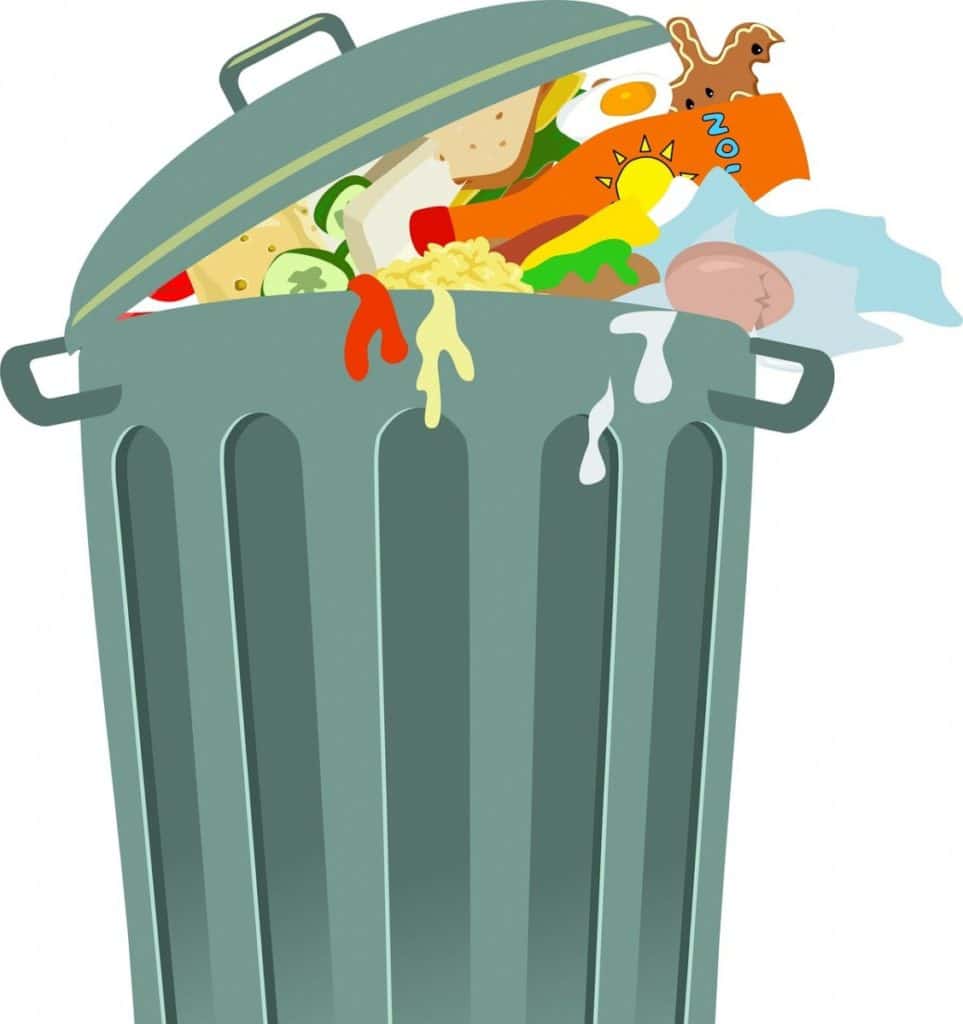Reduce your Grocery Budget without Clipping Coupons
Disclaimer: This article is for informational purposes only. It should not be considered legal or financial advice. You should consult with an attorney or other professional to determine what may be best for your individual needs.

There are so many variables when it comes to budgeting for groceries. How many family members are there? How often do you eat out? Do you value organic and free-range products? Do you shop big box stores? Regardless of the size of your family or where you shop, you can start saving money by following these tips.
How to budget for Groceries?
To budget for groceries determine how much you currently spend on groceries by looking at your credit card statement, bank statement, or use an app to track your grocery spending. Make a goal to reduce your monthly grocery bill by 10 to 15%. This goal can be easily achieved by reducing waste.
Start a Grocery Budget by Tracking your Current Grocery Spending
Review your online credit card or bank statement to determine your monthly grocery spending. FORBES recommends apps such as (You Need a Budget) YNAB, Mint and Good Budgets to track your current spending habits. Using this number as a basis will help you set realistic savings goal.
If you try to cut your budget too drastically, it will be difficult to stick to your new budget. If a family of four has monthly grocery budget of $900 a 10% cut means saving $90 per month and more than $1000 per year. Going from $900 to $810 in groceries per month is a realistic goal. Making a drastic cut such as going from $900 per month to $600 per month may be difficult to achieve and maintain.
Make a Goal to Save 10-15% on Groceries
If you spend $500 a month on groceries a 10% saving would be $50 per month. Over the cost of the year that is $600 dollars in savings. Setting a goal to reduce your grocery bill by 15% would save $900 per year. An extra $600 to $900 per year could be used to go on more outings with your family. It could be used to reach a savings goal, or it could be invested in a hobby.
Start Saving Today on Groceries without Sacrificing Anything!
Get a Credit Card that offers Cash Back on Groceries. My family is currently using a credit card that offers 5% Cash Back on Groceries. We use this credit card exclusively for groceries and pay the balance in full each month. At the end of the year we “Cash Out” and the credit card company mails us a check! If you spend $6000 per year on groceries 5% cash back would be $300. Don’t underestimate the value of cash back!
Another way to get cash back on groceries is by using a Cash Back app. This takes a little more effort because in order to get the cash back, you have to provide proof of purchase. For some supermarkets you can link ibotta to your loyalty card. For others, you hold on to your receipt and upload your proof of purchase in to the app.
I logged in to my ibotta app to see the deals offered at my local grocery store. Some of the ones that caught my attention include: $4.00 cash back on diapers, $1.50 back on organic toothpaste, $0.25 back on eggs, $0.75 back on mayonnaise, and $0.25 back on bananas. These are all items I buy on a regular basis and would earn me $6.75 cash back on a grocery trip containing these items. Once you reach $20 in Ibotta, you can redeem your cash back balance for cash.
Cash back is one way to reduce your grocery bill to achieve your goals. Sign up for a credit, card or download an app, but either way don’t miss out on the opportunity to save money without having to cut back or clip coupons.
Confront Waste Head on to save on Groceries
About twice a year I get the urge to purge! The exercise of throwing things out makes me carefully consider any future purchases. Start with the pantry, and cabinets and throw out everything that is beyond its expiration date.

Move on to the perishables, throw away anything that is spoiled. Throw out any produce that has started to rot. Toss meat and dairy that have gone past their sell-by date.
Throwing away unused groceries makes me feel like I am literally throwing money in the garbage. For the most part I am. I literally went to the store, purchased something just to throw it in the trash. This is money that could have been used somewhere else. It sucks! In fact, it sucks so much I go out of my way to avoid having money and this helps me to save money.
Going through the exercise of cleaning your pantry, cabinets and fridge helps you to become aware on items you waste money on. This will help you save money on your grocery budget in the future. If you find that you throw away produce buy less. If you find lots of items expire in your pantry before you get to it. Don’t stock your pantry as often, wait until items run out or low before you replenish them.
Budget for Groceries by NOT Stocking Up on Sale Items
Grocery stores often offer hard to resist deals. They want to clear the items they have overstocked. Don’t let their overstock become your overstock. Grab what you normally buy and maybe one or two extras. A good deal can save you money at the register, but not if the items ultimately end up in the trash. It Is not worth it if you buy too much and end up throwing some of it in the trash.
My son really enjoys pumpkin, and other vegetables in the squash family. I spotted a deal on Pumpkin toddler pouches and I stocked up. Surely, he would love them, right? Wrong! I tried everything to get my son to eat those pouches. I even mixed it with some food that he loves. He wouldn’t touch the stuff. I had 10 more of them in my pantry. I noticed my friend’s son loved that particular toddler pouch and gave my friend the remainder of my stash. So it wasn’t a complete waste of money.
Have you ever stocked up on a sale item only to discover that it does not work for you or your family? Donate any unopened items that have not reached their expiration date to a local food pantry. Alternatively offer food items that didn’t workout to friends or family who may like them.
Breaking the habit of stocking up on anything with an expiration date, will easily help you to reach the goal of saving 10% on your grocery bill. If an item is on sale, grab one or two more than usual to avoid any waste. This way you can take advantage of the savings without having the risk of waste.
Stock and Raid your Freezer to save money on Groceries
We had the habit of buying frozen foods, throwing them in our freezer and forgetting about it. We kept repurchasing items we already had in our freezer, because we did not check to see what we had before we left for the grocery store. Make sure you check the freezer before you make your next grocery list.
We love avocadoes, but they are difficult to get them just ripe enough to enjoy. They used to spoil before we got around to eating them. To avoid wasting them we cut them up and freeze them to use in smoothies! This works for bananas and berries as well. Just make sure go through your freezer regularly and use what’s available.
It is best not to buy more than you need, but the second best thing is to freeze what you don’t use. This is another example how you can save between 10% and 15% on groceries without sacrificing or clipping coupons.
Related Questions
How much does a Family of Four spend on groceries?
According to the USDA a family of Four spends about $900 per month on groceries.
